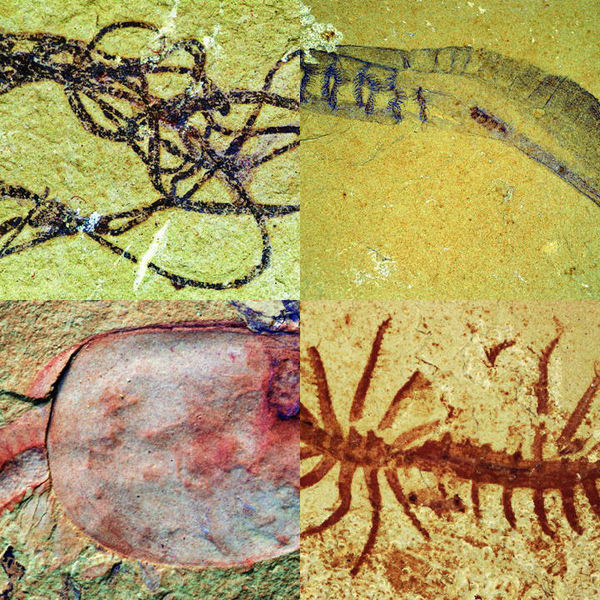
[Photo/Chengjiang Fossil National Geopark]
Natural history museum curator Chen Taimin dreams of offering visitors the opportunity to explore the wonders of nature firsthand.
He has been busy recently with rebuilding work at the Chengjiang Fossil Site Natural Museum in Yuxi, Yunnan province.
China's first cultural facility built on top of a fossil site, the museum opened in August last year. It houses more than 60,000 animal specimens and fossils from around the world.
It closed in March for reconstruction work that will improve its facilities and exhibitions.
"We will impress visitors with our collection, which is unique not only in China but also the world," Chen said, adding that the museum is expected to reopen this month.
Its Chengjiang biota specimens shed light on the evolution of life during the Cambrian period - the first geological period of the Paleozoic Era - which lasted from 541 million to 485 million years ago.
In 1984, paleontologist Hou Xianguang unearthed more than 280 fossil varieties in 20 categories at the Chengjiang site. With 80 percent being novel ones, the fossils encompass almost all the ancestors of existing species.
In 2012, the Chengjiang fossil site was listed as a UNESCO World Heritage Site. A major site bearing witness to the Cambrian explosion and providing evolutionary evidence for the early life forms on Earth, it was deemed one of the most surprising scientific discoveries of the 20th century.
"Chengjiang's fossils present the most complete record of an early Cambrian marine community, with exceptionally preserved biota," Chen said. "The fossil site is China's first and the only World Heritage Site for paleontological fossils. You can see the ancestors of almost all the existing animal species here, including human beings."
Compared with fossils found elsewhere, he said the Chengjiang fossils are unique because the soft bodies of animals, including their eyes, muscles and even blood vessels, were frozen in time.
Chen said the most precious item in the collection is the fossil of the Kunming fish (Myllokunmingia).
"As the earliest vertebrate ever discovered in the world, the Kunming fish is the ancestor of humans 500 million years ago," he said. "It has all the core organs of a human being."
"Talking about biodiversity, most people will focus on the animals or plants currently existing on Earth," Chen said. "But fossils, which show a larger picture of all life forms, are also an important way for us to learn about biodiversity as they tell us where we are from."
He said the museum is expected to become a science education and tourism base. A Darwin experimental center will be built near its main building. "We plan to make it an education center for children, where they can dig or repair fossils on their own and learn about archaeology and biology," Chen said.
He said the museum will cooperate with scientists to design one-week tours for fossil fans offering them the chance to have discussions with a panel of scholars and conduct field studies at the fossil site.
"We will explore different routes for different groups of visitors, bringing them rich information far beyond the knowledge they can learn from the exhibition," Chen said.